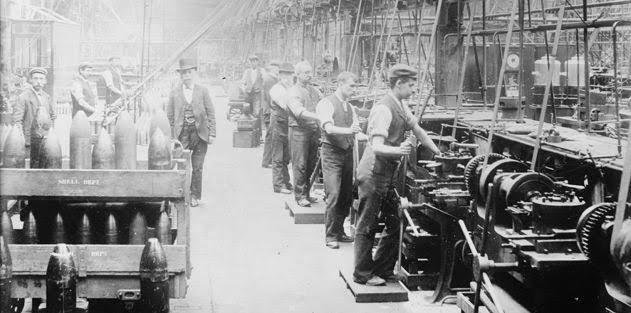Just as a river begins as a small trickle before expanding into a formidable force of nature, so too does the journey of a firearm, from its birth in a manufacturing facility to its final destination in a retail shop. This journey is intricate, rife with countless processes, intricate design work, meticulous quality assurance, legal checks and balances, and finally, the transaction with the end-user.
The Genesis: Craftsmanship in Manufacturing
The creation of a firearm, much like the creation of any piece of machinery, begins with design and engineering. Advanced computer-aided design (CAD) systems create blueprints for each part, from the barrel to the tiniest screws. Simultaneously, materials are sourced, predominantly steel alloys and polymers, selected for their specific properties such as durability, heat resistance, and weight.
Following the design phase, production begins. Intricate machines carve, cast, and mold raw materials into the firearm components. Here, precision is key; each part must meet specific dimensions, tolerances, and fit within the overall assembly flawlessly. Assembly lines staffed by skilled technicians then put these pieces together, resulting in a fully functional firearm.
Quality Assurance: The Infallible Guard
Quality assurance (QA) is an integral step in the journey of a firearm. QA personnel conduct exhaustive checks to ensure the assembled firearms meet the defined standards. Tests include a combination of visual inspections, mechanical tests, and live-fire tests to confirm accuracy, safety, and durability. Any firearm that falls short of the set standards is either corrected or discarded, ensuring that only the best, safest, and most reliable products reach consumers.
Legal Frameworks: Navigating the Maze
As firearms are tightly regulated products, the legal journey of a firearm is just as important as its physical journey. Before a firearm leaves the manufacturing facility, it must be registered with the Bureau of Alcohol, Tobacco, Firearms, and Explosives (ATF). Each firearm is engraved with a unique serial number, which is used to track its movement through the supply chain.
The firearm’s journey doesn’t stop here, though. It goes through wholesalers and distributors before reaching a licensed firearms dealer. Every transfer of ownership, no matter how temporary, must be recorded and reported. These stringent regulations, provided by the ATF, ensure that firearms can be traced back to their point of origin, aiding in investigations and curbing illegal arms trafficking.
The Retail Stage: The Final Mile
At the retail level, another set of regulations comes into play. Potential buyers must undergo a background check, facilitated by the National Instant Criminal Background Check System (NICS), before they can purchase a firearm. The Cash for Arms website provides a detailed overview of these rules and regulations that both retailers and buyers need to be aware of.
Once the background check is complete and the buyer meets all necessary criteria, the firearm can finally be sold. The retailer records the transaction and the firearm’s unique serial number, closing the loop on the journey of the firearm from manufacturer to consumer.
Beyond Retail: The Lifelong Journey
Despite reaching the retail end of its journey, the firearm’s travels may not yet be over. It may be resold, traded, or perhaps even used in self-defense. All of these instances necessitate more paperwork, more background checks, and more tracking. For more information about the complexities involved in firearm sales and transfers, visit the ATF’s official website.
The journey of a firearm from manufacturing to retail is intricate, layered, and fraught with legalities. Yet, it’s also a testament to the effectiveness of regulatory frameworks and the relentless pursuit of quality and safety in the firearm industry. In understanding this process, we better appreciate the critical role each stage plays in maintaining the safe and legal use of firearms. A better-informed public is a safer public.
















